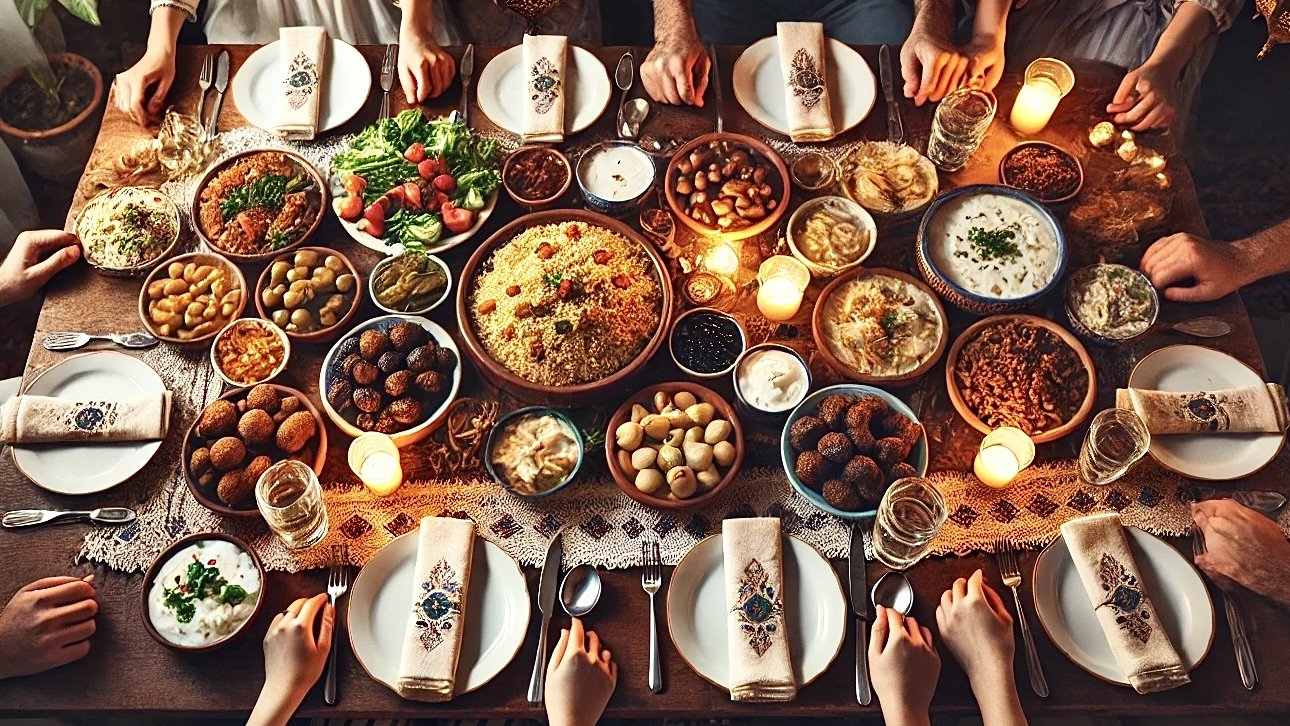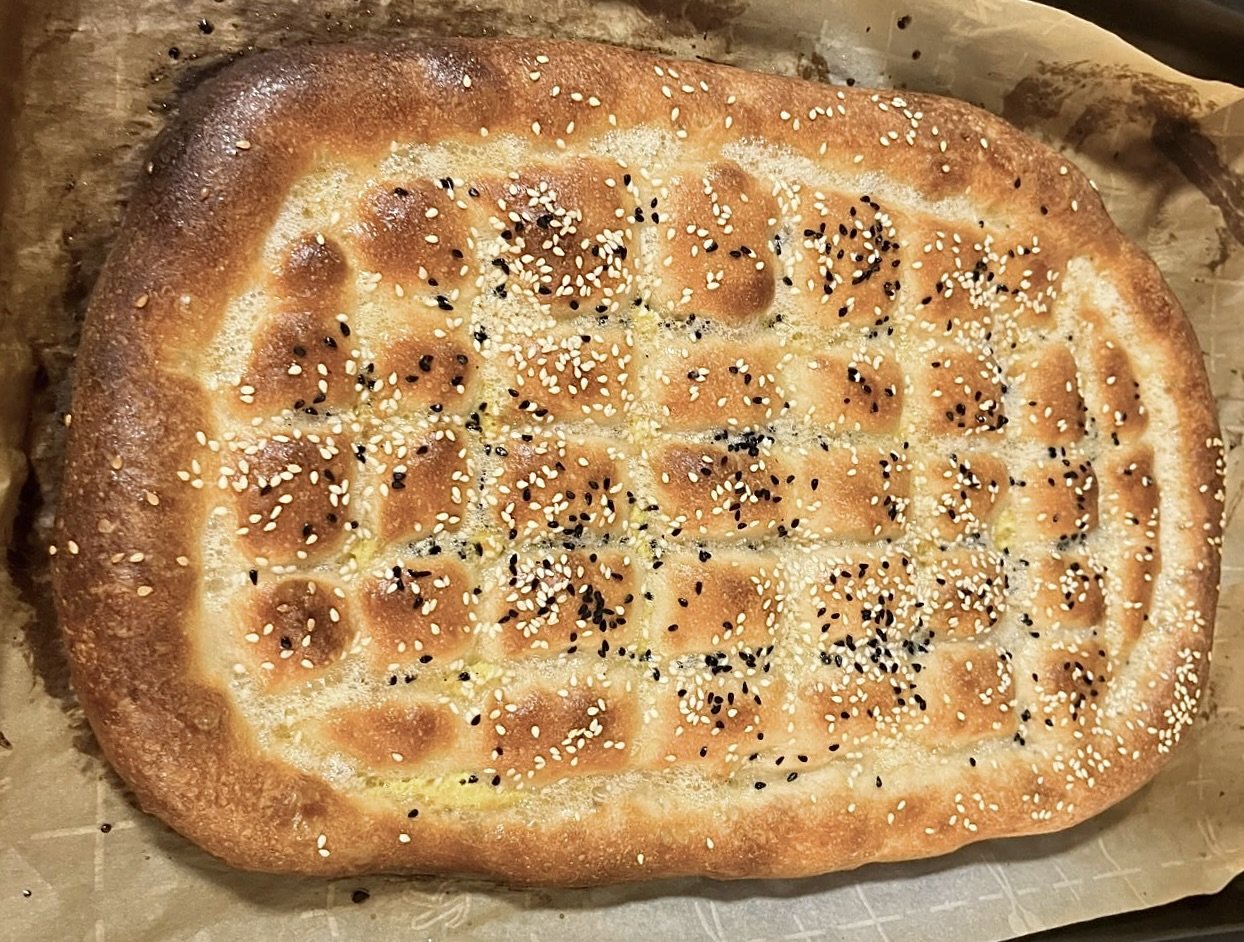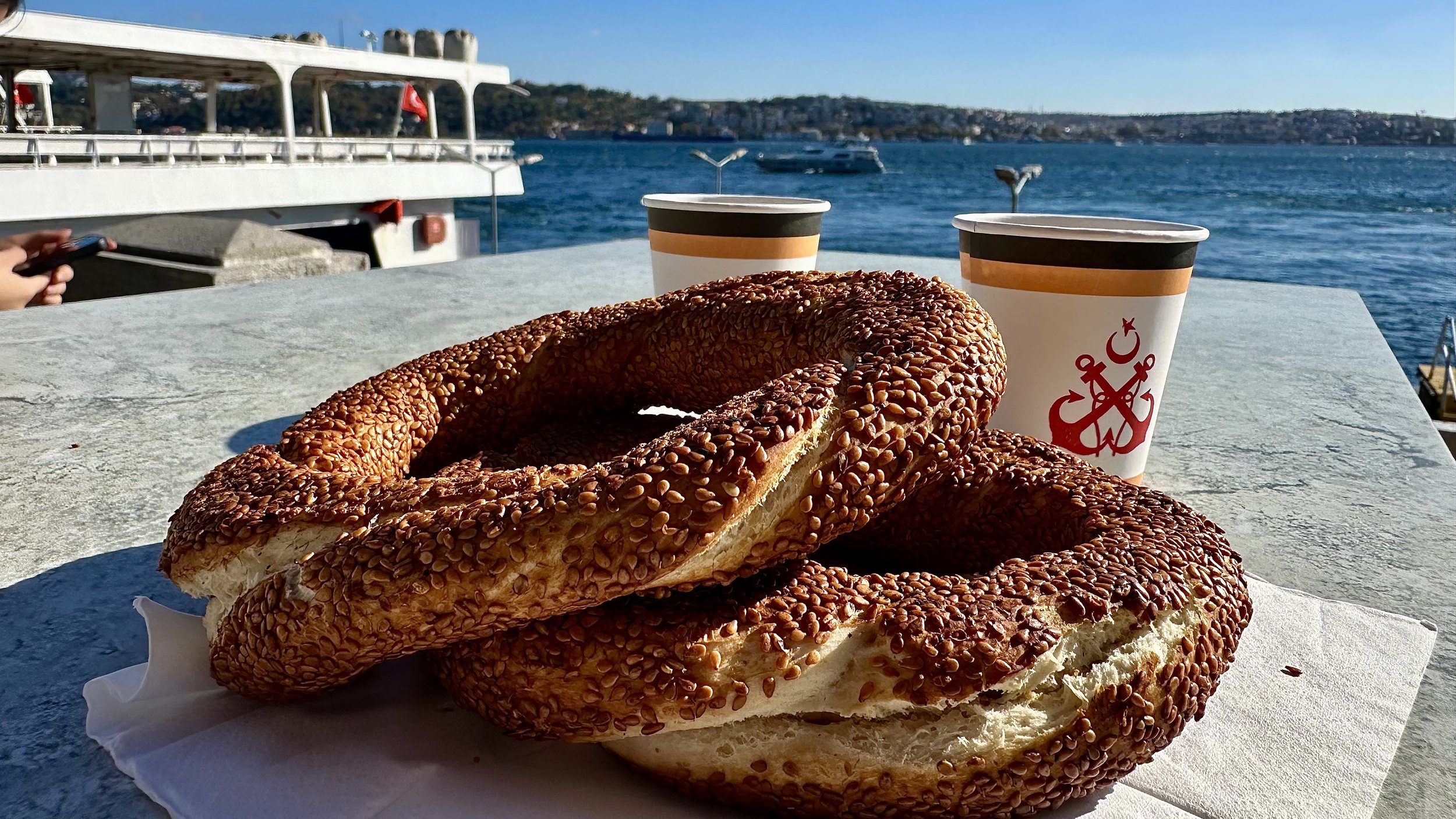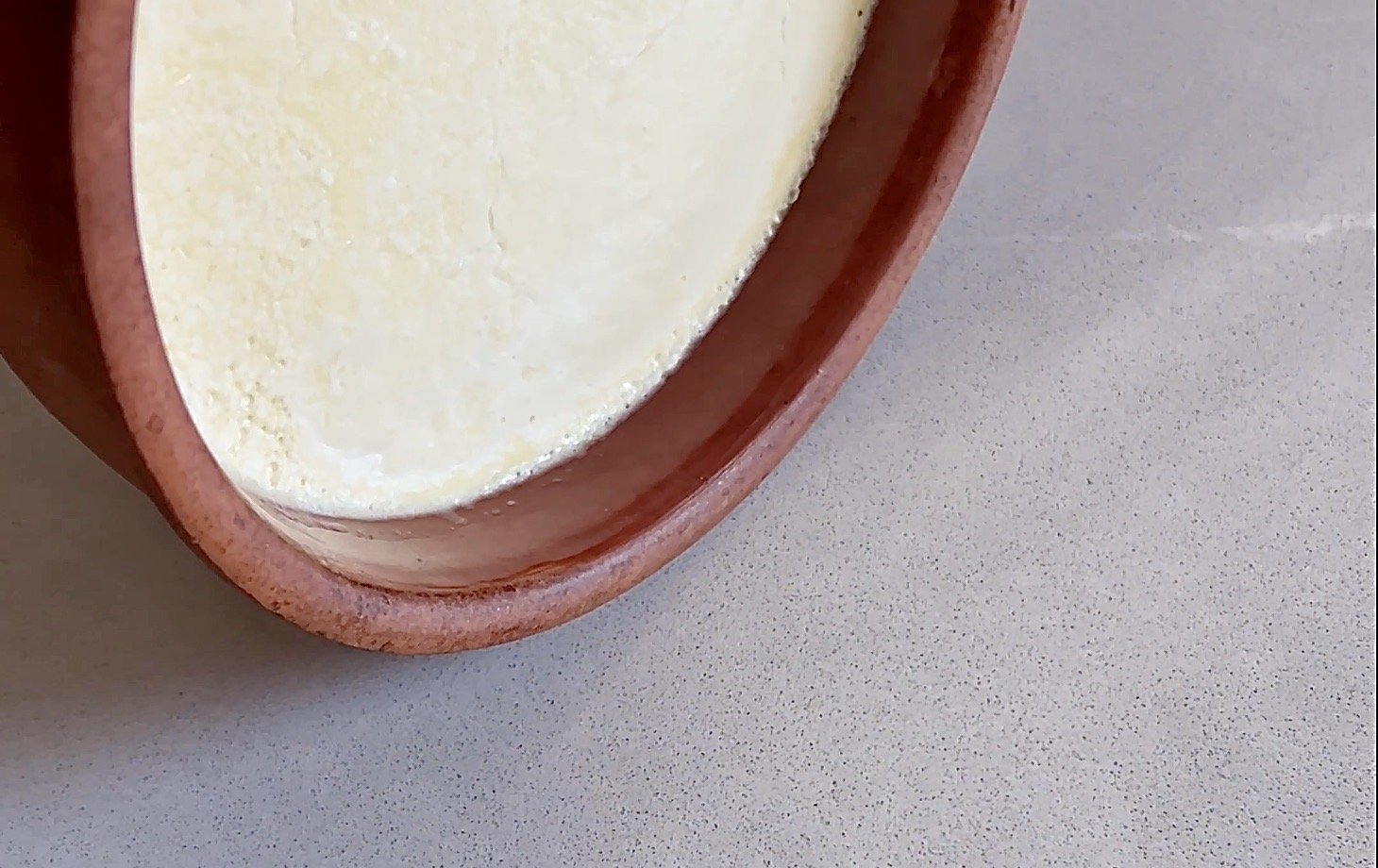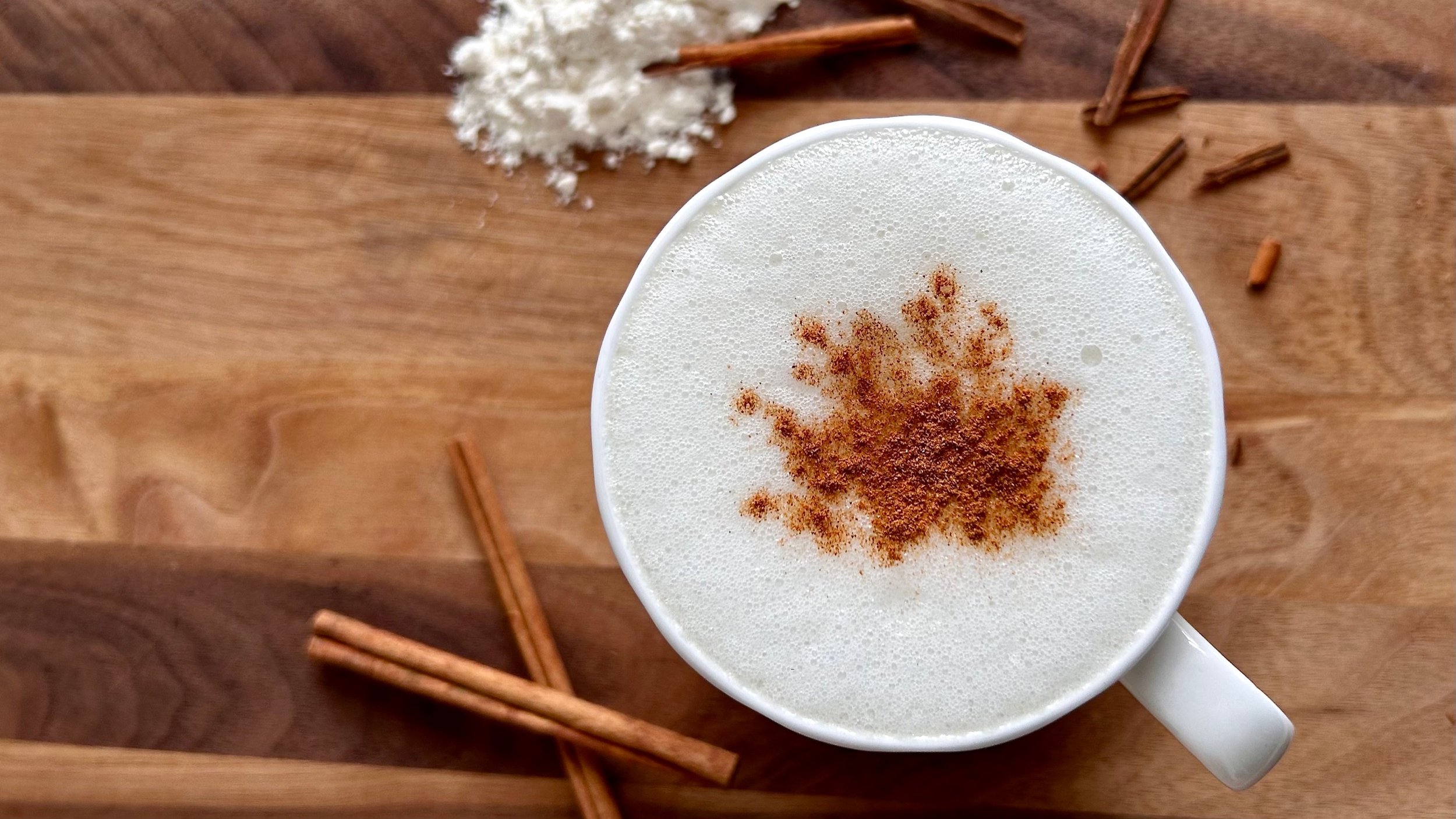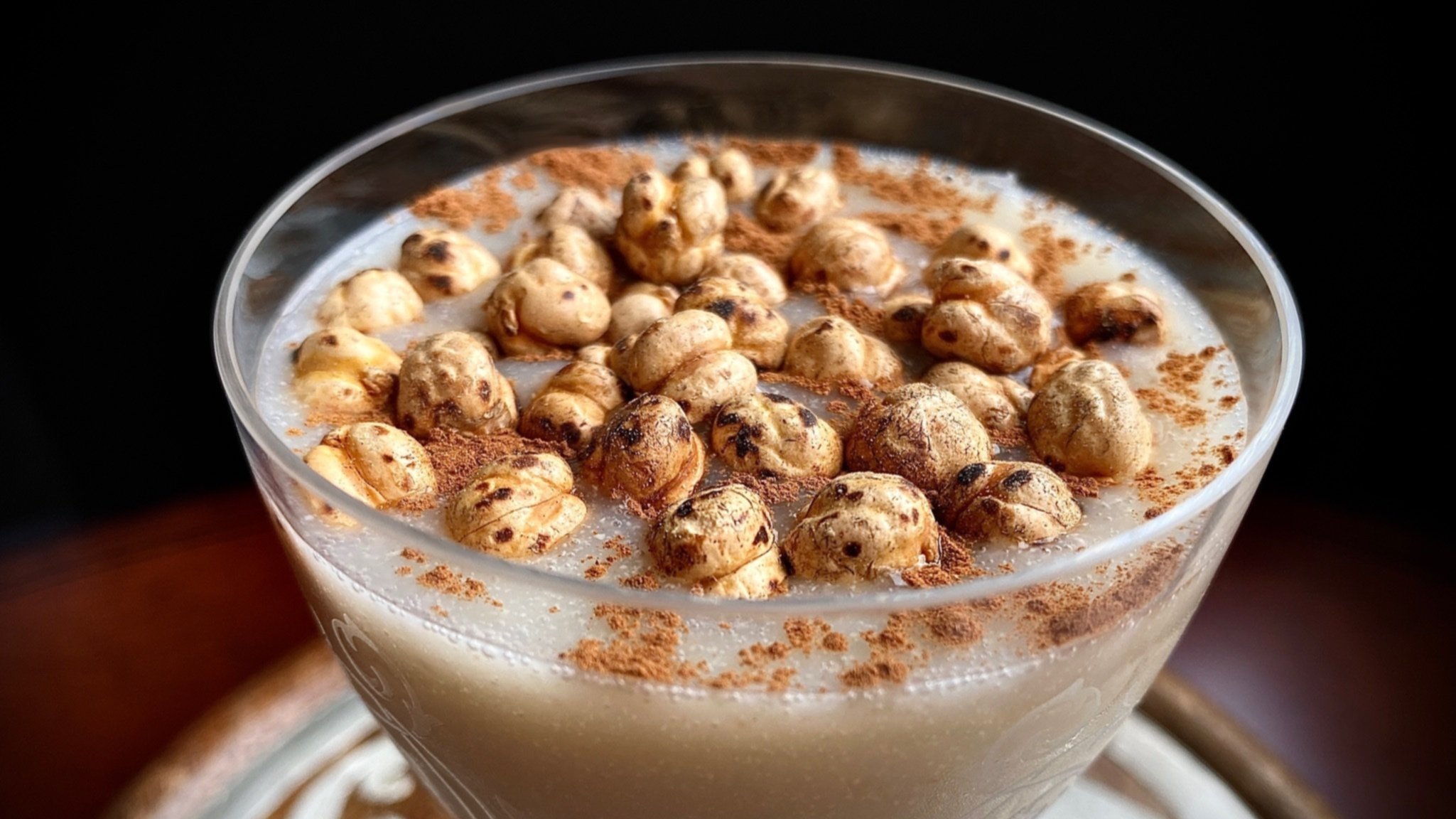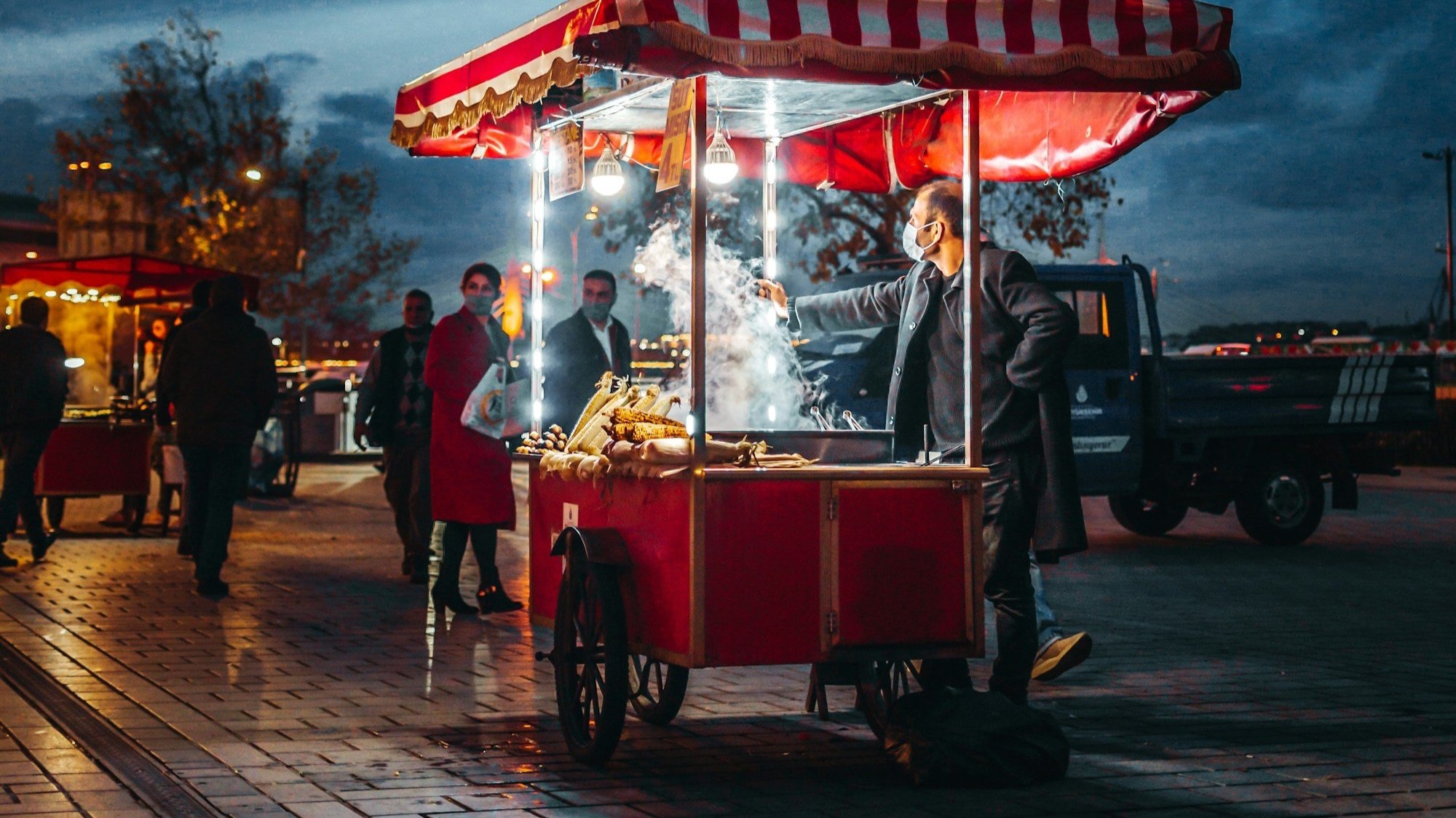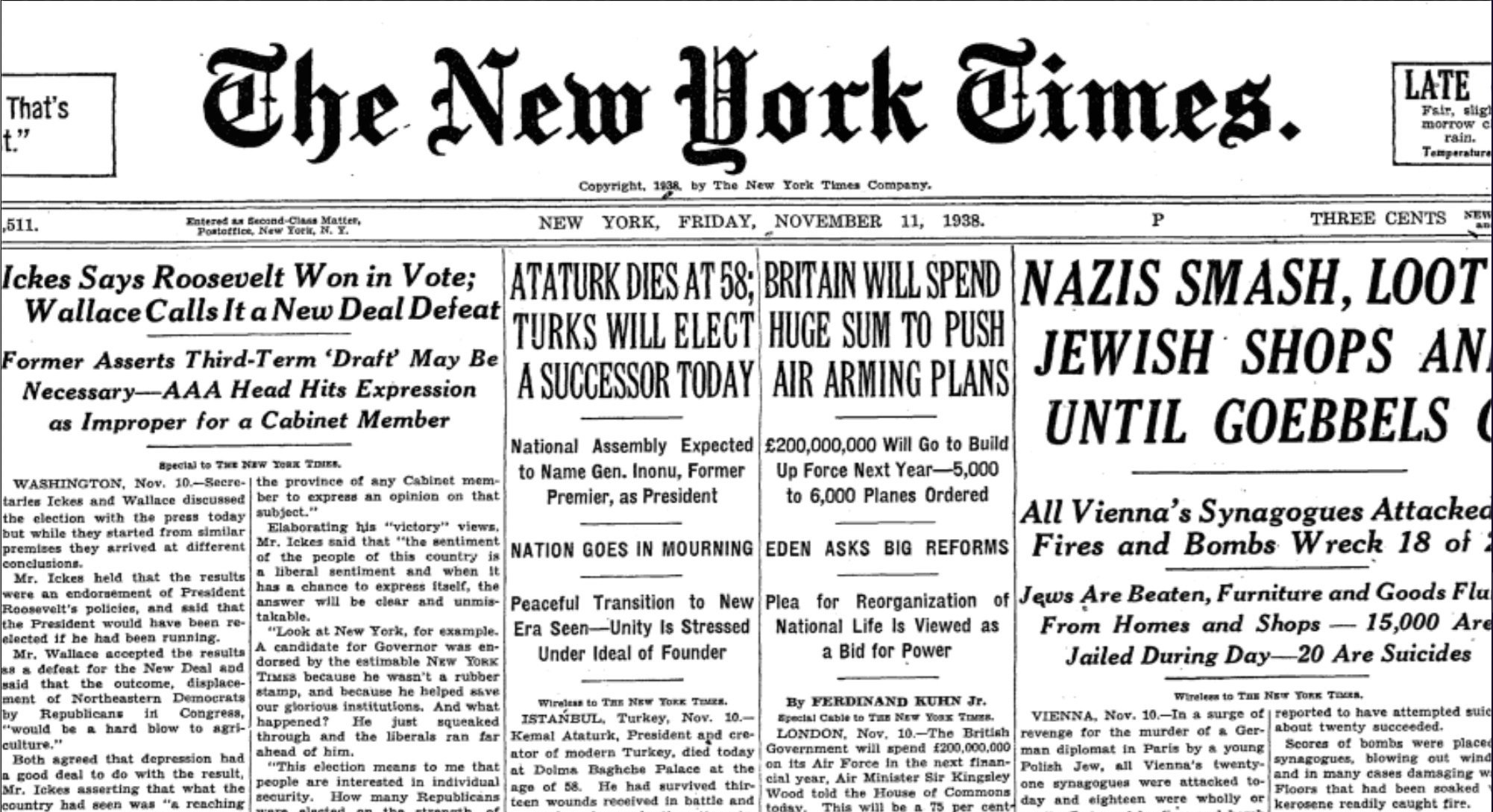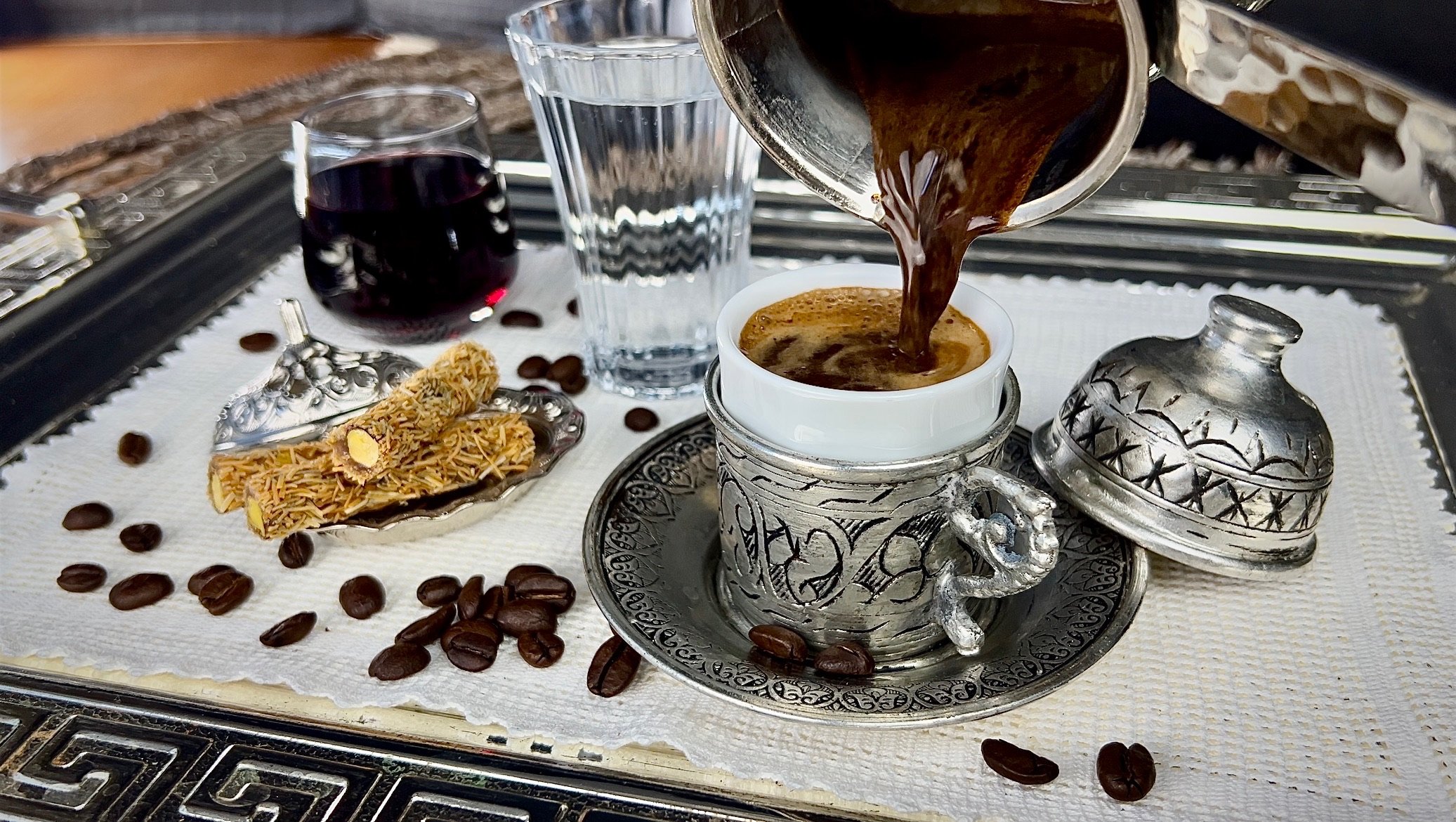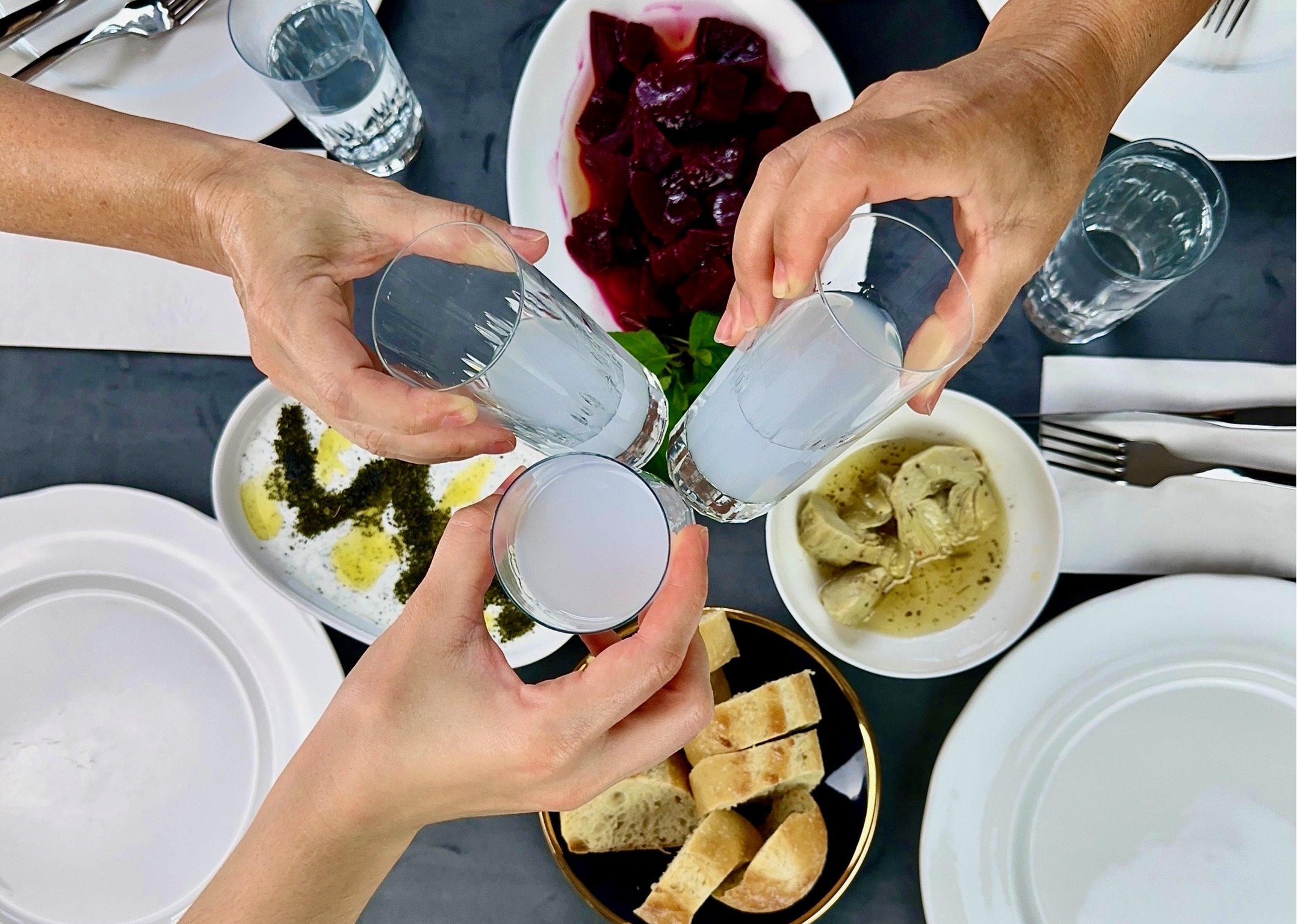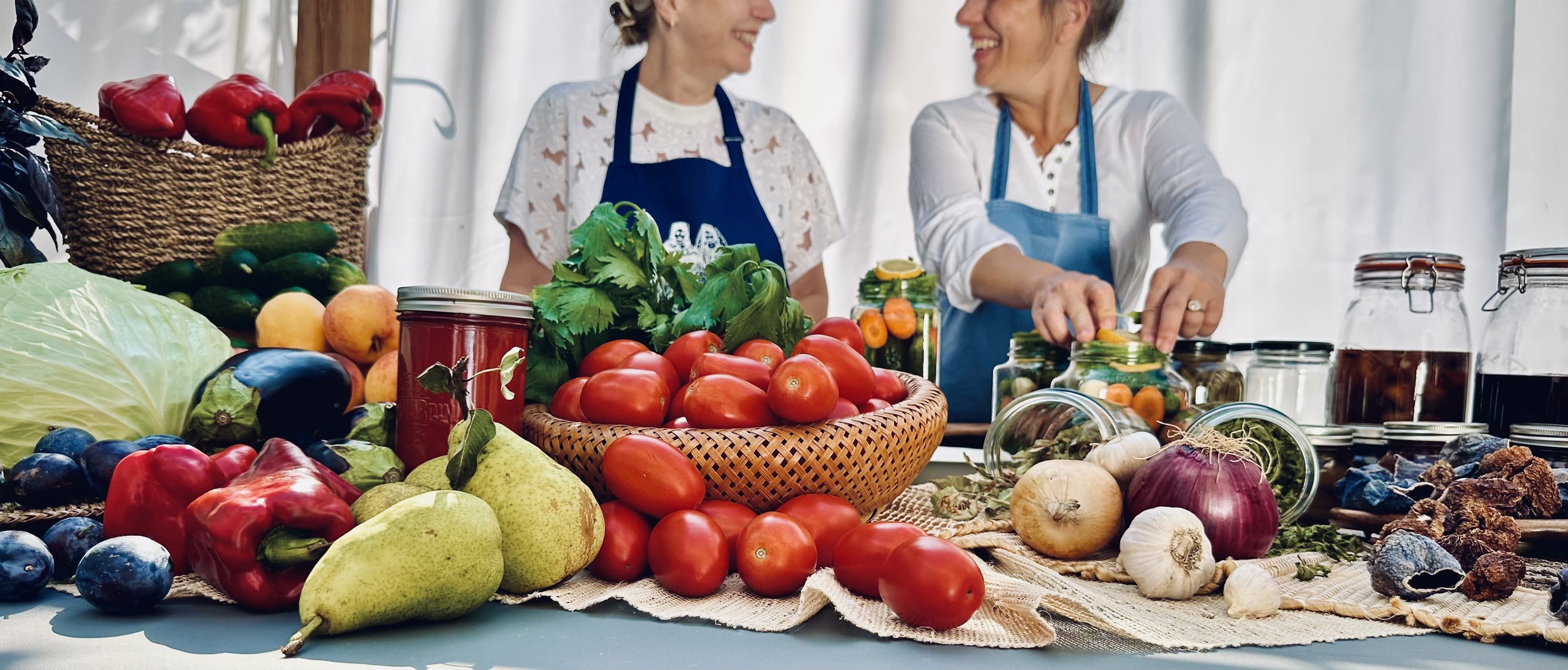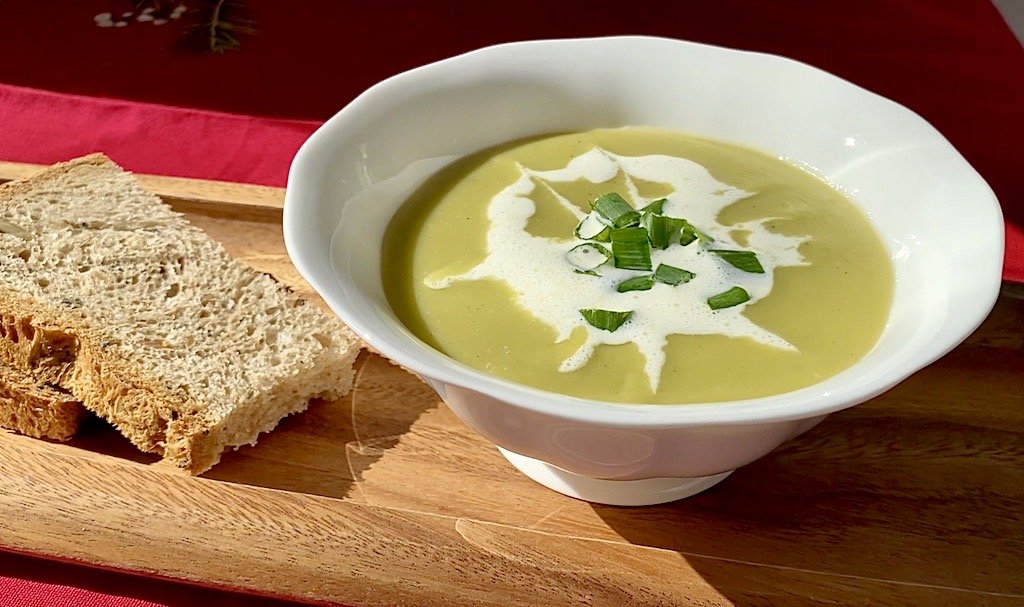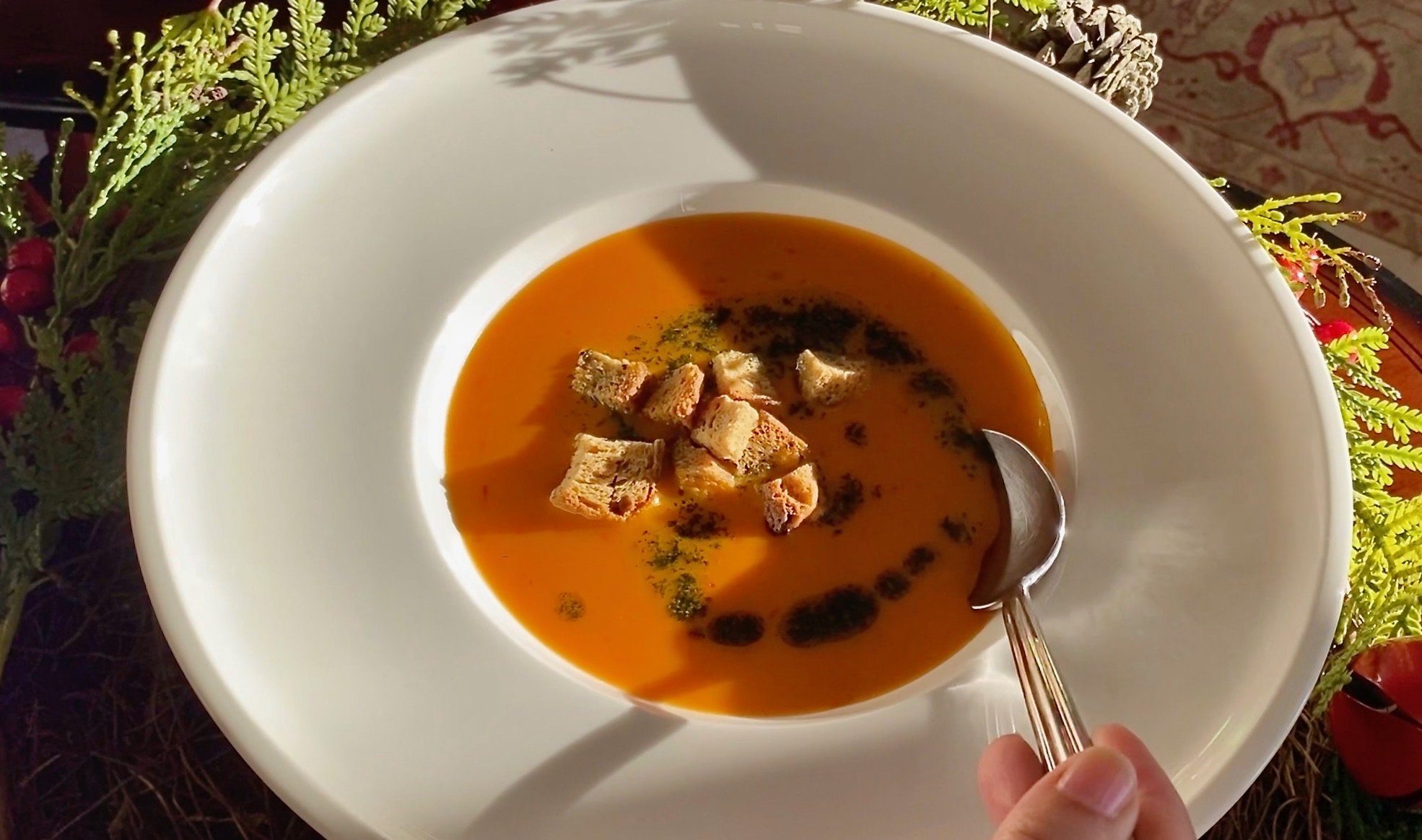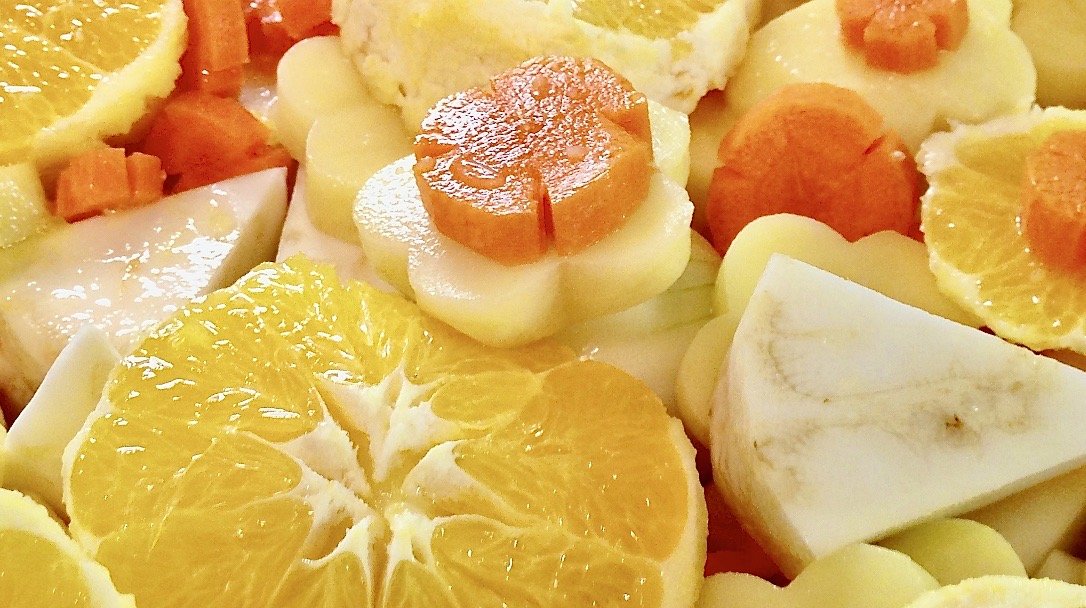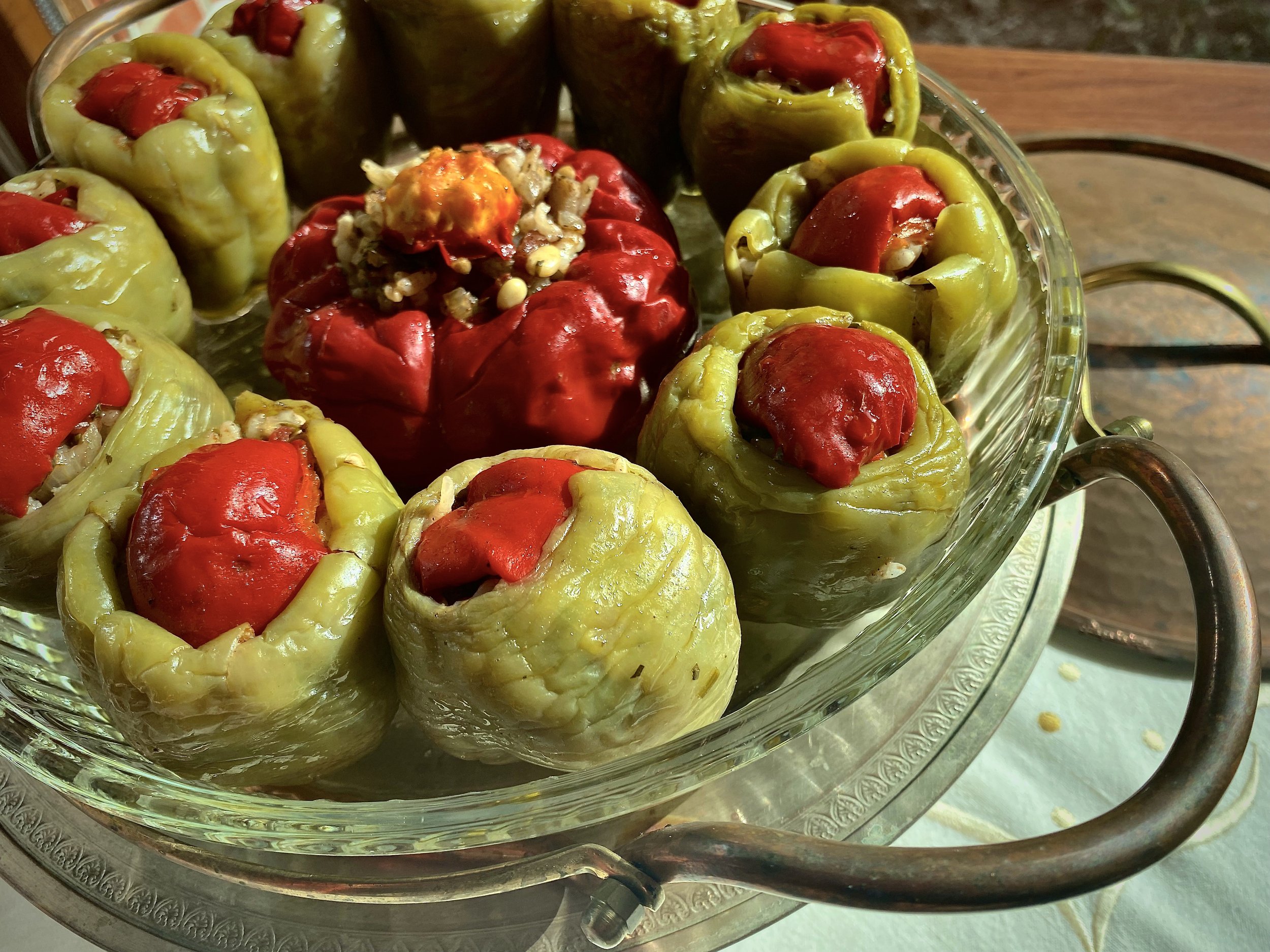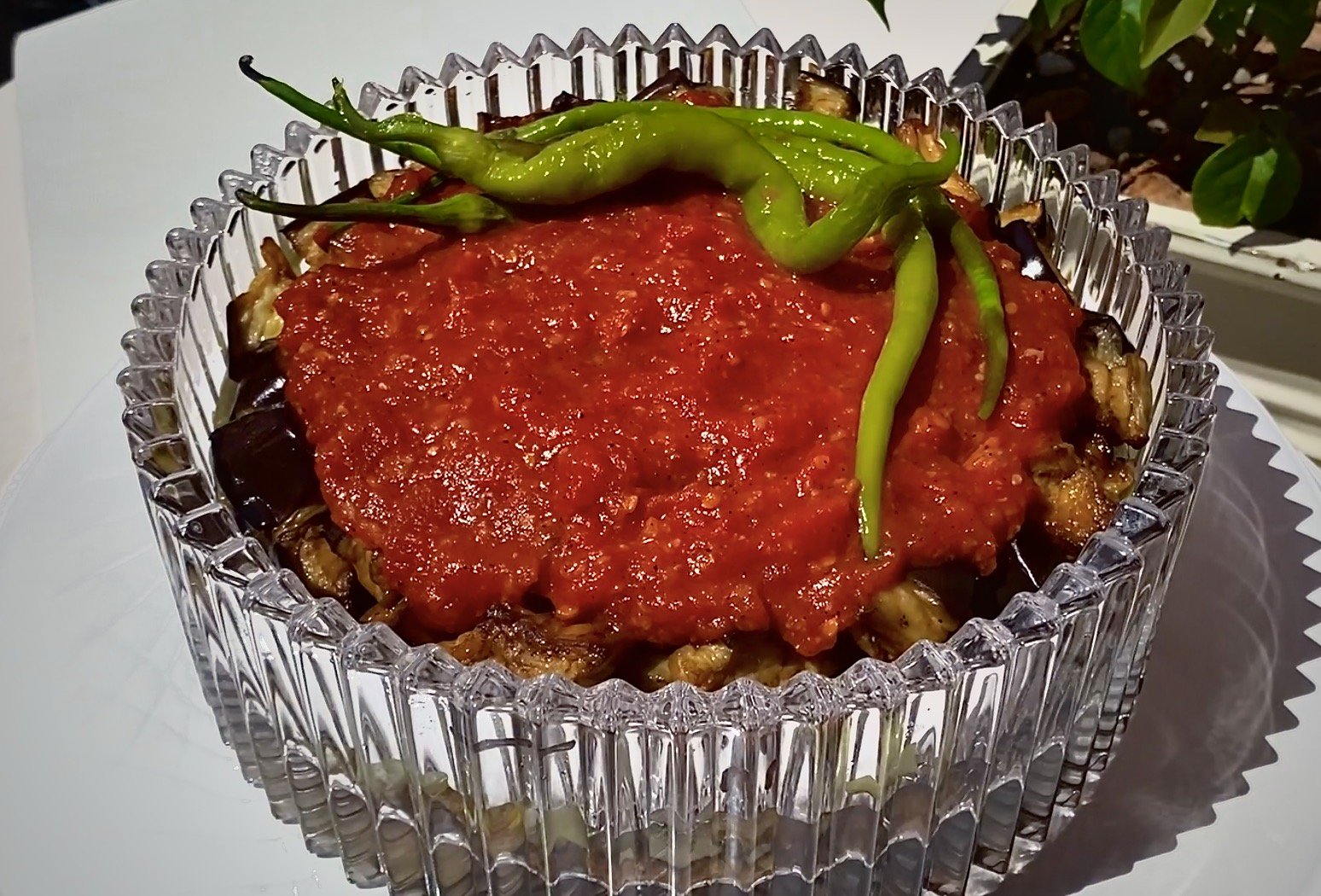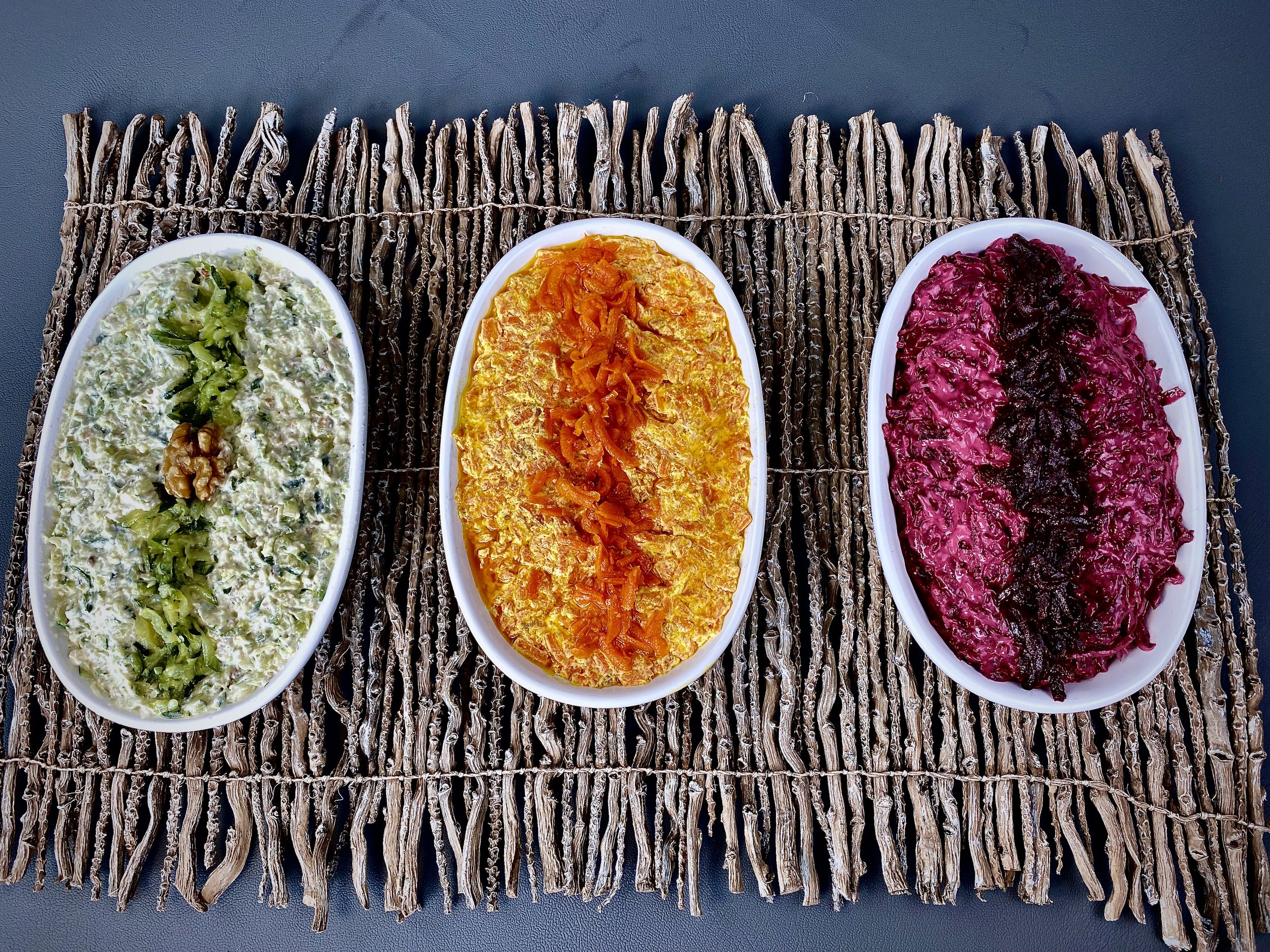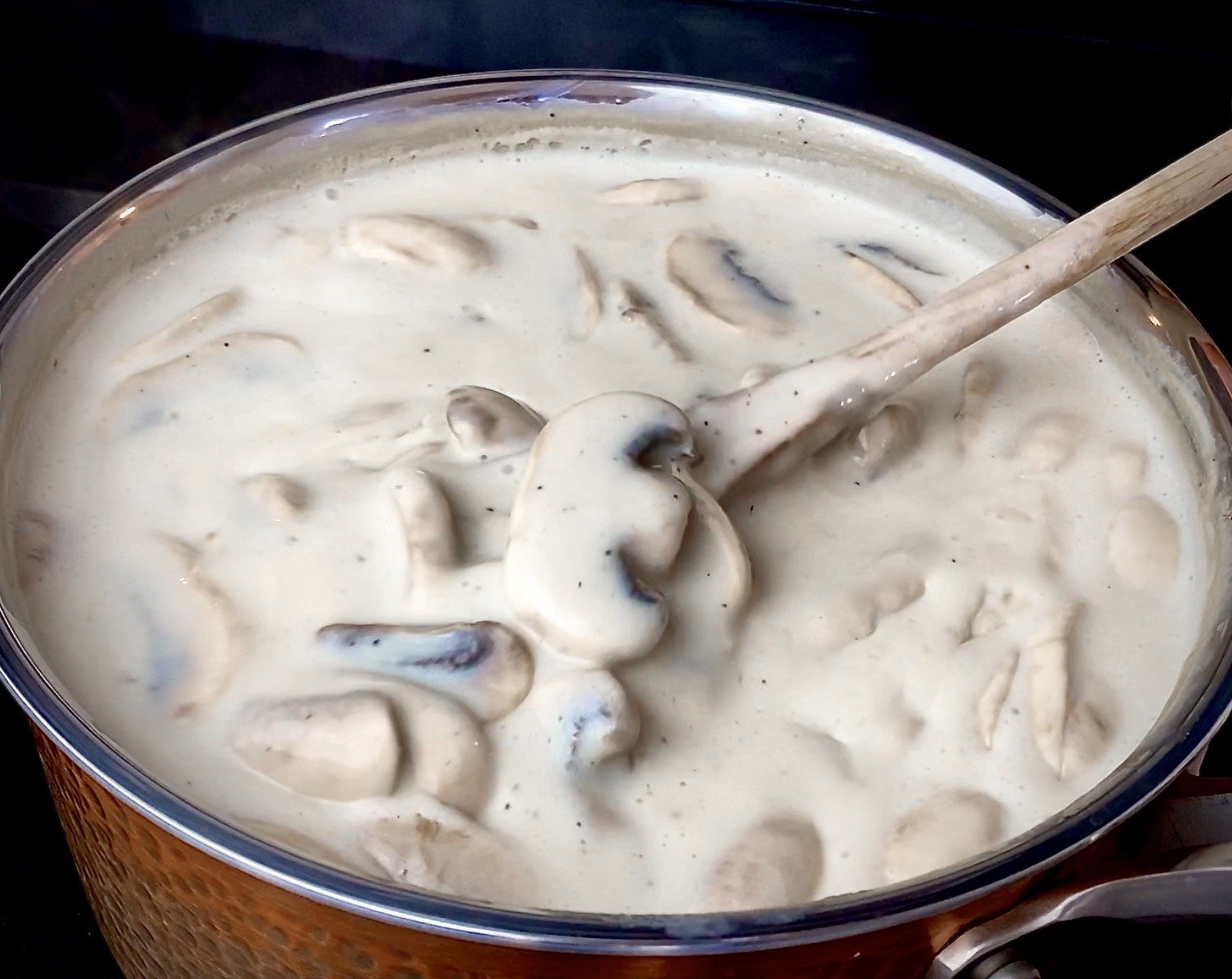Ramazan: An Introduction
Ramazan (Ramadan) is a sacred month for Muslims worldwide, marked by fasting, prayer, and reflection. In Türkiye, food plays an essential role in Ramazan, from breaking the fast to gathering with loved ones and strangers alike. Let’s look at key Turkish food traditions during this holy month:
Iftar: Breaking the Fast
Iftar is the evening meal that breaks the fast, traditionally enjoyed just after sunset. The fast is typically broken with dates, water, and black olives. While olives are common in Turkish cuisine, dates are often included due to their sacred significance. After breaking the fast, a light soup like lentil or tomato soup is typically served to ease digestion. Meat or chicken with olive oil-based sides follows, with an emphasis on meals that are hydrating and not too heavy or savoury. For this reason, fish is usually avoided during Ramazan.
Sahur: Pre-Dawn Meal
Sahur is the meal eaten before dawn, crucial for maintaining energy during the fast. It often includes staples like cheese, olives, bread, plain yogurt, eggs, and hydrating fruits like watermelon and cucumbers, especially when Ramazan falls during summer months.
A special aspect of sahur is the curiosity of children, who often want to join the adults at the table, even though they are not fasting. The enticing smells of the pre-dawn meal make it hard for them to resist, and many will insist on sitting at the table, eager to share in the experience.
Ramazan Pidesi
Homemade Ramazan pidesi a timeless favourite for iftar and sahur!
Ramazan pidesi is a round, fluffy flatbread made specifically during Ramazan to be enjoyed at iftar. This special bread, coated in a savoury egg wash and sesame seeds, is baked daily at local bakeries only during Ramazan, and people line up for hours to get the freshest pide. One member—usually the youngest—of the household is often designated to wait in line to buy a pide for iftar.
Desserts
Turkish desserts during Ramazan are seen as a way to replenish energy after a day of fasting. Popular desserts include:
Homemade güllaç, decorated with fresh pomegranate seeds and crushed pistachios.
Güllaç: The signature dessert of Ramazan, made with translucent starch sheets soaked in sweet rosewater-scented milk, topped with crushed walnuts and fresh pomegranate seeds. It’s light, milky, and floral—the perfect way to end a hearty iftar meal!
Baklava: A Turkish dessert with international fame, made with layers of extra-fine filo dough, nuts, butter, and syrup. It is the go-to dessert for celebrations.
Künefe: A warm, indulgent dessert made with thin crispy dough strands, cheese, and syrup—perfect for those looking for a filling treat with a delightful contrast between savoury and sweet.
Social Aspects of Food in Ramazan
Ramazan is a time for families and communities to get together (much like modern-day Christmas celebrations in the western world). Charity and sharing are key elements of this holy month, with food shared with neighbours and the less fortunate. Ramazan tables are set up in some neighbourhoods, where wholesome meals are served for free to those in need. It is also a commendable practice, for those who are able, to invite guests to share iftar every night during the month of Ramazan. The spirit of hospitality and generosity is central to the celebration.
Companies often host community iftar meals for employees and their families, creating a family-friendly atmosphere. During Ramazan, hospitality is paramount, and people believe that guests are a blessing.
Traditional Practices
Ramazan Drummers: Drummers walk through neighbourhoods about two hours before sahur, waking people up with their chants, some humorous and playful.
Ramazan Cannon: The military cannon fired every evening marks the moment of iftar. Although specific iftar times are broadcasted on TV and also available online, the Ramazan cannon remains a nostalgic practice to this day in many muslim majority countries.
Karagöz & Hacivat
The iconic duo of shadow puppetry— inspiring humour and compassion through Turkish theatre for a thousand years.
Ramazan Nights
During Ramazan, people typically stay awake between iftar and sahur, engaging in activities like house visits, street performances, and shadow puppet shows featuring Karagöz and Hacivat. These beloved icons of Turkish folklore gain special significance during Ramazan, with performances often held in public spaces. Many restaurants remain open until the early hours of the morning, serving food and drinks for those awake throughout the night.
After Ramazan: Bayram
The end of Ramazan is marked by Bayram (more commonly known as ‘Eid’ by English speakers), a three-day celebration filled with family feasts and gatherings. It’s a time to reward oneself after a month of fasting, with homemade feasts shared with loved ones.
Stay tuned for more on Bayram and other Turkish celebrations by signing up for Fairies’ Cuisine updates at the end of the page!
Blog author: Sevil Demircan

